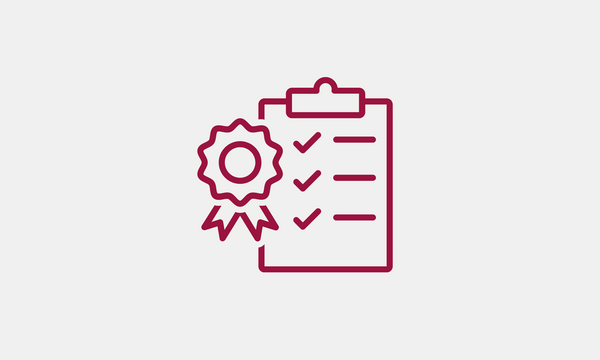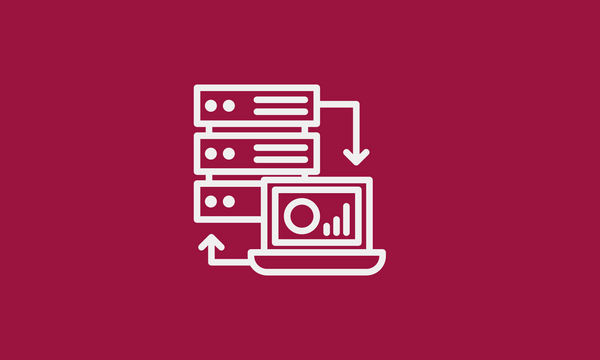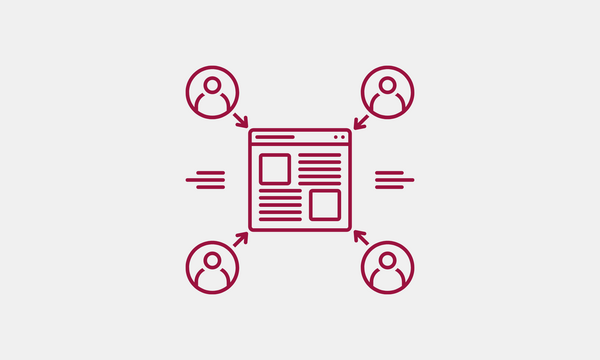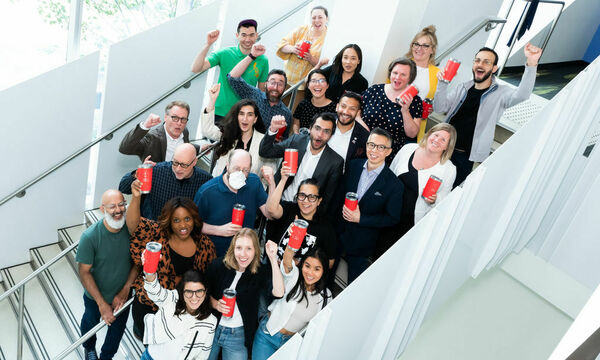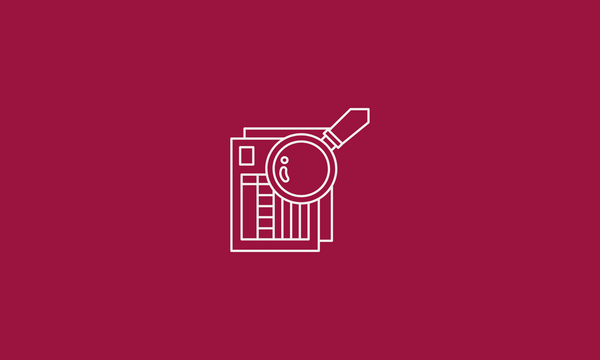From Startups to City Government: One UX Designer's Journey Into Civic Tech

Meet MOVE. What began as a Code for Canada fellowship in 2018 has led to a generational upgrade of the City of Toronto's traffic data systems. MOVE is enabling staff at Toronto Transportation Services to use more — and better — data when deciding how to reduce traffic-related deaths and injuries. In this series, we'll be sharing the behind the scenes story of MOVE’s core team, including former fellows and City of Toronto officials. To learn more about MOVE, check out this blog post.
In this post, Shine Chaudhuri, UX designer on MOVE, talks about his first experience working in the public sector and shares advice for professionals considering the jump.
What was your experience like in the private sector?
Since I was in high school, I knew I wanted to work in design. I’ve always been a very curious person and loved solving difficult problems. I naturally gravitated towards the startup space. I loved the opportunity to build impactful products from scratch in a fast-paced and innovative environment.
For the past 10 years, I’ve worked in industries across the board, from FinTech to ecommerce and entertainment. I even had the opportunity to build my own startup and take on projects that excite me. The ability to have an impact has always been really important for me.
Why did you decide to join the public sector?
I realized I was at a place where I was seeking something with a higher calling. I've enjoyed working in all these different fields and industries, but I was looking for something that could lead to a positive impact on people's day to day lives.
As I was searching for the right opportunity, I learned about Code for Canada and the Big Data Innovation team at the City of Toronto. The MOVE project really resonated with me and what I wanted to achieve.
I’ve lived in Toronto for over 20 years and have had many experiences with city roads, from enjoyment, to annoyance, to being on the receiving end of a collision. Working on the MOVE project would give me the opportunity to make an impact on the lives of millions of people in my own city. I could use my design skills to help make the roads of Toronto safer. I was totally sold.
What surprised you about public sector work?
Initially, I was expecting a lot of challenges. In the private sector, I’ve heard a lot about the difficulties of working in the public sector. I heard stories about how working with IT can be a battle and access to many external programs could be blocked. My head was filled with questions: what processes were running? Would I have access to apps and tools I'm used to? What tactical blockers would prevent me from doing my best?
I remember thinking, “Can I actually work here?”
But when I joined the team, the worries went away completely. I was mind blown. I assumed government teams were secluded in little cubicles. But we were very connected in an open, integrated space. The original Code for Canada Fellowship team from 2018 did the groundwork setting up processes around natural product development and agile and iterative working.
It was inspiring to see the Big Data Innovation team running their own sprints and holding daily stand ups and retros. They ended up becoming a startup in the public space. I don't know what that word really is. But that's how I'm describing it. That's how I feel.
The MOVE team is embedded with the Big Data Innovation team, which made the working relationship super easy. Thinking back to when we were in the office, I could roll my chair over and talk to the project lead from the City of Toronto. It didn’t feel any different than the startup environments I was used to in the private sector. The existing digital capacity and open communication policies gave us the flexibility to do our jobs and made the transition from public to private easy.
It ended up becoming a startup in the public space.
I also developed a great working relationship with the IT department. We’ve worked with them on meeting regulatory needs and following processes involved in launching a huge project, such as MOVE. Their internal team has been incredibly open and friendly. We've collaborated on many aspects of the project, especially on accessibility, and I've learned a lot from them.
What is your role on the MOVE team?
As the design lead, I'm responsible for end-to-end design. I spend a lot of time talking to users to understand their needs and pain points. Working with the product manager and the development lead, we create and test prototypes.
Mainly, I see my role as an advocate for our users at Transportation Services. I balance the needs of the numerous teams and make sure our product works for them.
The users at Transportation Services have been really open to the whole process. We made sure to keep an open line of communication to all our stakeholders, from senior management to the IT department. We updated them on our progress and they would let us know if they spotted any early issues so we could proactively make improvements and improve accessibility. By working in the open, we emphasized that we were working with them. I felt like they were looking out for us. And we were doing the same thing.
Now we’ve launched MOVE version 1.0, we’re working on releasing updates. A recent update allowed users to analyze multiple areas at the same time, whereas previously, it only focused on a single location.
Do you have any advice for people thinking of joining the public sector?
Listen to people in the public sector. I think it's very easy for people in the private sector to think “I know everything and I'm just gonna go and show them how it's done.” But I’ve learned so much from just listening to public servants on my teams. They’ve been there for many years and they know things that you don't.
I think it’s really important to bring them along your journey. Working in the private sector, you are bringing different experiences and perspectives to the work. But I’m a strong believer that rising tide lifts all boats. Bring public servants along your journey. Show them what you've learned so they can apply it to their own projects and inspire growth as a department.
I focused a lot on building strong relationships. People and relationships are the core aspects of getting things done and creating good products. It's been one of our key priorities and I've really enjoyed it.
Oh and one more thing, I think it should be required reading for everyone going into civic tech or digital government to read A Civic Technologists Practical Guide by Cyd Harrell.
Curious about how MOVE works? Check out this in-depth overview of what this new tool provides and what it could make possible.
You're here to help residents, and we're here to help you. Interested in how to bring digital tools and skills into your department? No matter where you are on your digital government journey, learn more about how Code for Canada can support your work.

